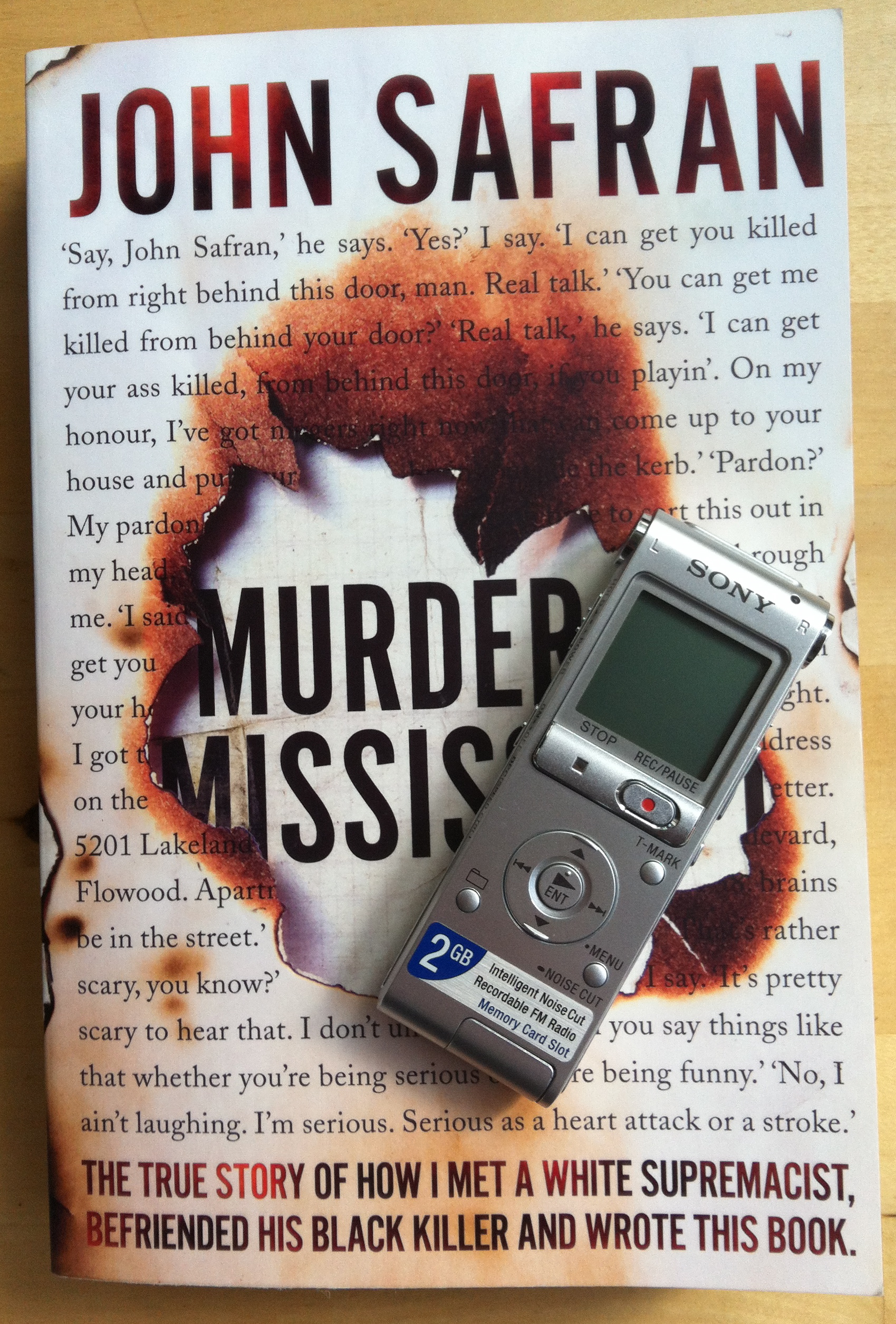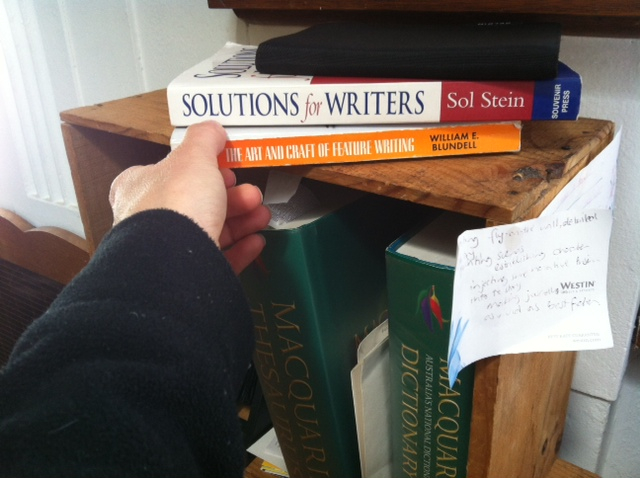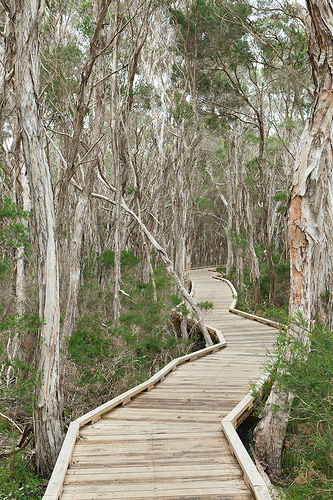‘It’s become quite loud in here,’ Kimina Lyall says. True. I turn my head from the wooden booth where we sit remembering my entrance to this bar less than an hour ago. I was the only patron until Lyall arrived to make us two. But now there is a din of multiple conversations. It’s apt that these are surrounding us, these conversations. The word bubbles up frequently along the stream of our discussion and it’s something that Lyall emphasises about interviewing people who have experienced trauma (and interviewing generally). ‘There’s a danger of asking questions as opposed to having a conversation,’ she tells me. ‘You go in with your questions and you end up just asking what you think you need to know rather than letting the conversation evolve.’
Lyall has an unusually wide perspective on the coverage of traumatic events. She was a journalist with the Australian for 11 years as both a nationwide reporter and a foreign correspondent. In 2004 (when she was the Australian’s Southeast Asia Correspondent based in Thailand) she found herself on a beach as the Boxing Day tsunami approached. Despite her own trauma Lyall reported for the Australian in the hours, days and weeks after the event. She later wrote Out of the Blue: Facing the Tsunami, a book about her experience. She’s now a Director and Company Secretary with the Dart Centre Asia Pacific (a project of Columbia Journalism School, ‘dedicated to informed, effective and ethical news reporting on violence, conflict and tragedy.’ [quote from dartcenter.org/mission]).
‘The number one thing that happens when people are traumatised is that they’ve lost control. That’s what trauma is,’ says Lyall. ‘If you go to the psychological literature the trauma first aid is to allow the person to make a choice. “Do you want a glass of water? Do you want a juice? Do you want a blanket or a cardigan?”’ A conversational approach to interviews (rather than questions and answers) is more aligned with this first aid. ‘Give the person that you’re interviewing as much control as possible and remind them that at any time they can take charge, take control and talk about something that’s important to them or not answer a question,’ says Lyall. ‘Just reinforce that it’s totally their choice, that at anytime your interviewee can end the interview.’
Lyall also empowered those in her book with, ‘a 100% guarantee that they will see everything I write that concerns them.’ She didn’t promise to make changes but did promise to have a conversation if those people had any problems. ‘I think you’ve got to have the right nose and have the right motive [in deciding whether to show your interviewees your work or not]. If you’re talking to a person who’s just lost their family in a disaster then I think the benefits outweigh the risks.’
I wonder how a writer can avoid further distressing (or ‘revictimising’) someone who’s already experienced trauma went interviewing them about the event. Are there some topics that are better avoided? ‘It’s so easy for us to make assumptions about what the other person feels and then censor ourselves on the basis of those assumptions,’ says Lyall. In her experience what writers worry about may be the last thing that worries an interviewee. Reflecting on the Boxing Day tsunami she says, ‘I know what my pain point of that experience is… No one would ever guess what it was.’
Lyall also warns against assumptions around journalism itself. ‘As journalists we tend to flagellate ourselves and think that we are bad people doing bad things – going in and probing in all the wounds and just extracting it for our own selfish ends.’ She recalled one assignment about a traumatic event many years ago. Her interviewees were reluctant and she gave them the opportunity to veto her article before it was published. They not only allowed her to publish it but also were so happy with her words that they thanked her, and went on to send her Christmas cards several years afterwards. ‘For some people in some situations being published – having their story being told in a powerful truth (that’s their truth) – is a healing act,’ she says. She was glad to learn that lesson early in her career. ‘It’s not all bad providing you start with those principles of the other person in control.’
So much of a journalist’s success in ethics relates to authenticity says Lyall. ‘Sometimes as journalists we want to add drama.’ We are storytellers but we need to be careful about the words we choose. Lyall cites classic examples in phrases like brutal rape (‘Like there’s such a thing as a non-brutal rape?’) likewise tragic death and appalling crime. ‘Just be authentic,’ says Lyall. Do this in storytelling as well as interviews. ‘Be honest [with your interviewees] about what it is you’re doing and why you’re doing it… If you’re honest then you can have trust. And if you’re not, then people will read it straight away.’
After Lyall leaves I sit in our booth for a moment reflecting on her words. It’s not just the conversational din of those around me din that echoes Lyall’s advice, but also it’s the idea of now being a part of a shared experience. I came here as a lone writer daunted by the prospect of interviewing people who have experienced traumatic events. I leave with a keener awareness that a writer is just a part of something much bigger.





















